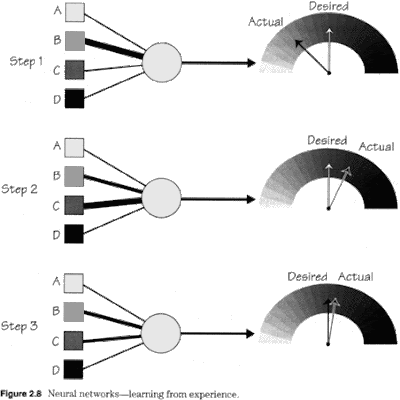Palmerenses e Corintianos

Como vocês sabem, um dos objetivos deste blog é divulgar trabalhos dos meus amigos. Este aqui envolve redes neurais e sociophysics. Acho que o percéptron deveria ser mais usado em modelos de formação de opinião e este é um caminho.
(Submitted on 13 Nov 2008)
Abstract: We study opinion dynamics in a population of $K$ interacting adaptive agents voting on a set of issues. The agents are modeled as Boolean Perceptrons that have to classify a set of $N$ dimensional random vectors $\{\mathbf{x}_{a}\}_{a=1}^{P}$ representing the issues being debated. At each interaction, the agents react to the classification of their neighbors in a social network by trying to learn the rule used to vote. The learning algorithm is parametrized in terms of how agents weight their neighbors agreement in relation to disagreement ($\delta$) and of a learning rate ($\eta$). By simulating the model on a ring we observe that, if information is exchanged asynchronously, consensus only emerges for $\delta=0$ and P=1, being in this case equivalent to the Voter model. For $\delta>0$ and P=1 factions with extreme opposite beliefs emerge. Random moderate opinions are observed as the number $P$ of issues debated increases. The synchronous case is studied semi-analytically for $P\to\infty$ and unidirectional information flow to show that consensus is a fixed point for $\delta=0$ and $\eta\to0$. For $\delta>0$ consensus is also a fixed point but the dynamics becomes glassy as $K$ grows larger.
Comments: 13 pages, 10 figures, presented at SigmaPhi08
Subjects: Physics and Society (physics.soc-ph)
Cite as: arXiv:0811.2099v1 [physics.soc-ph]
Subjects: Physics and Society (physics.soc-ph)
Cite as: arXiv:0811.2099v1 [physics.soc-ph]
Comentários